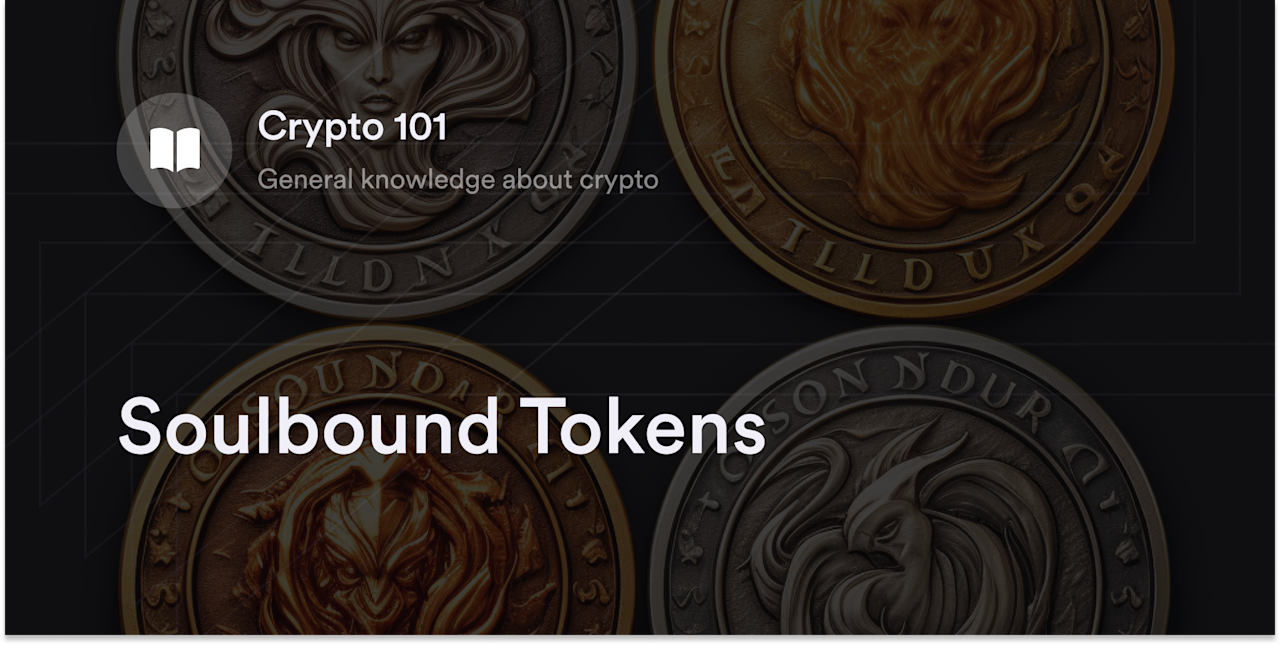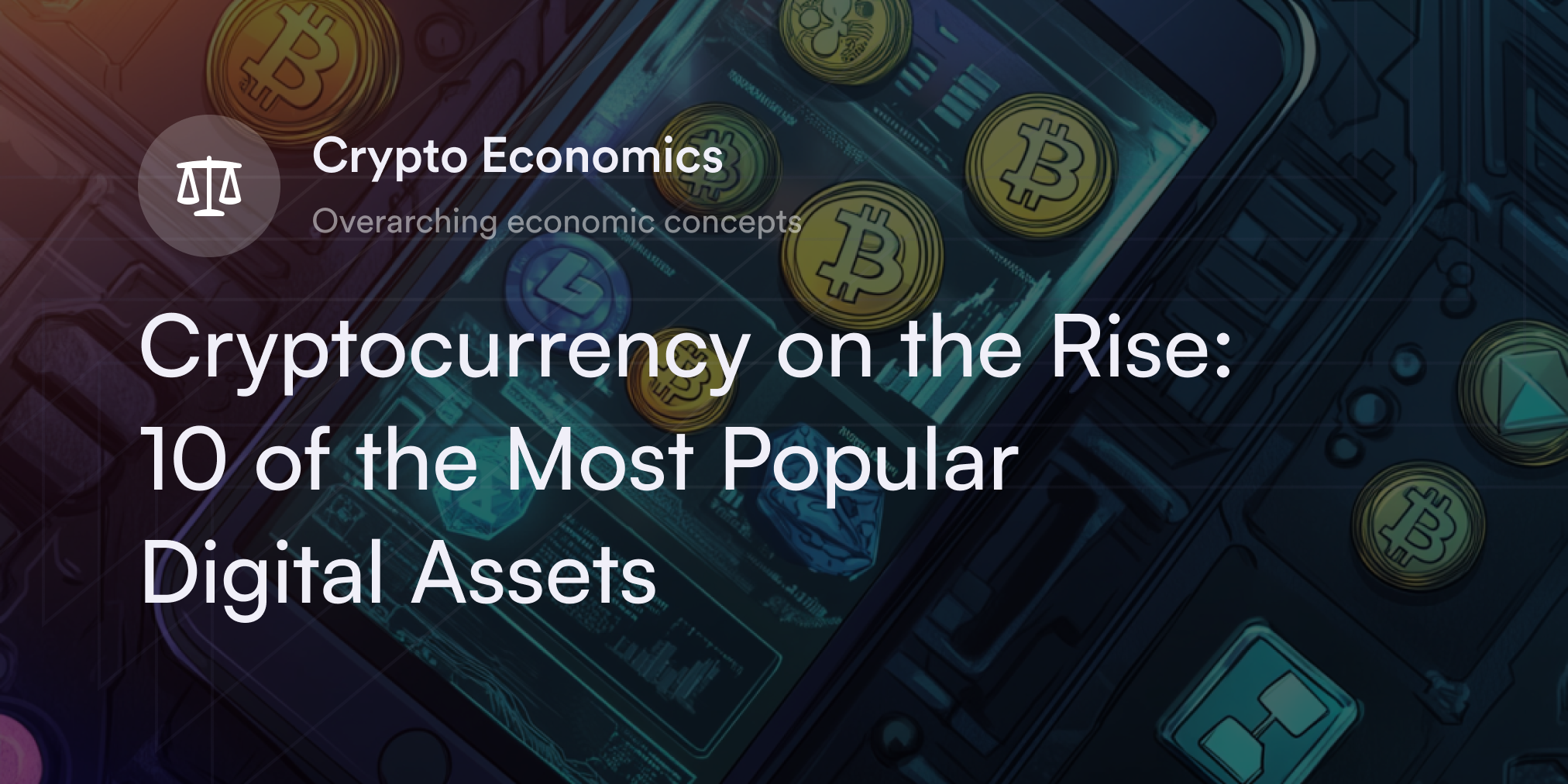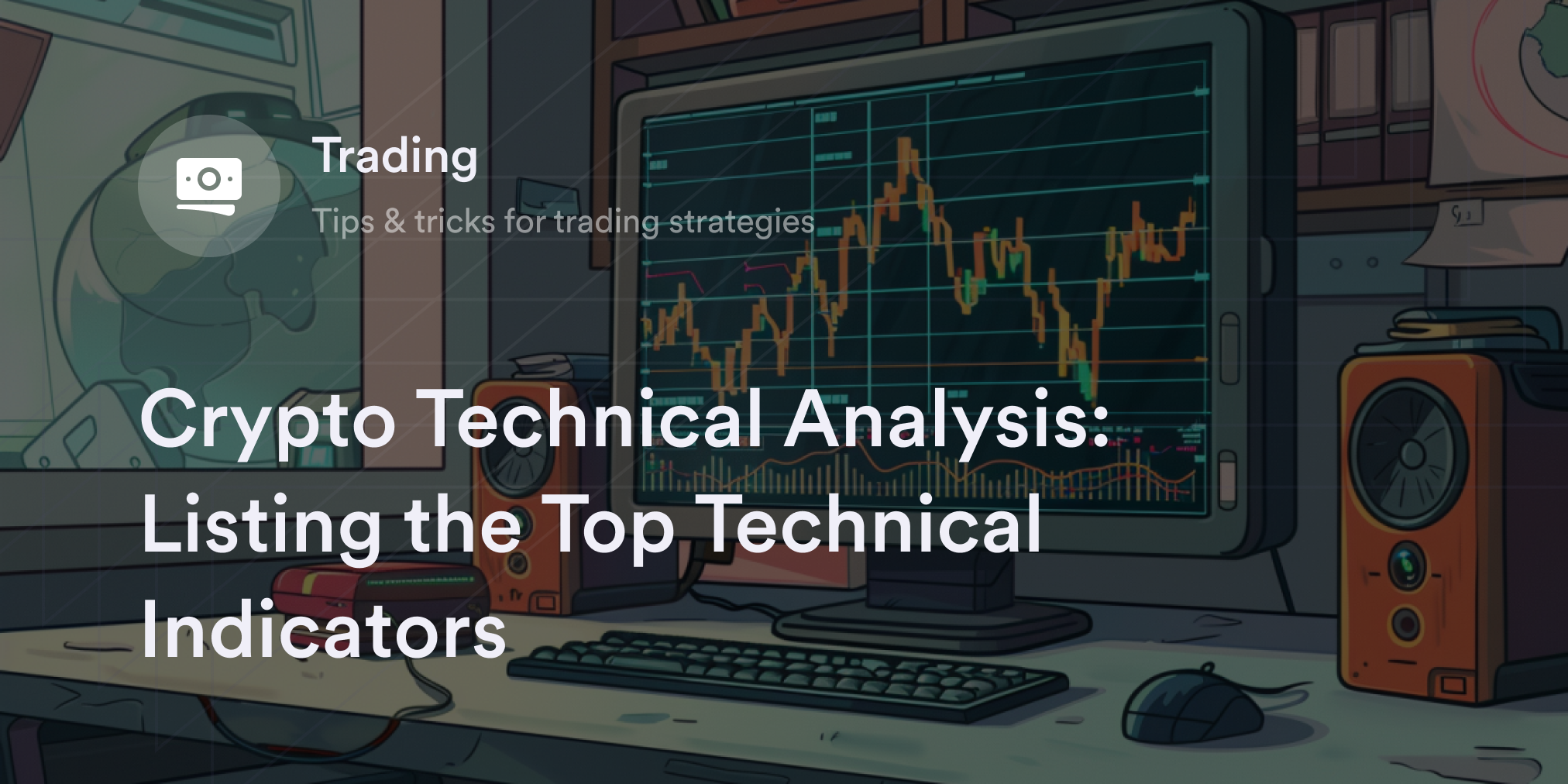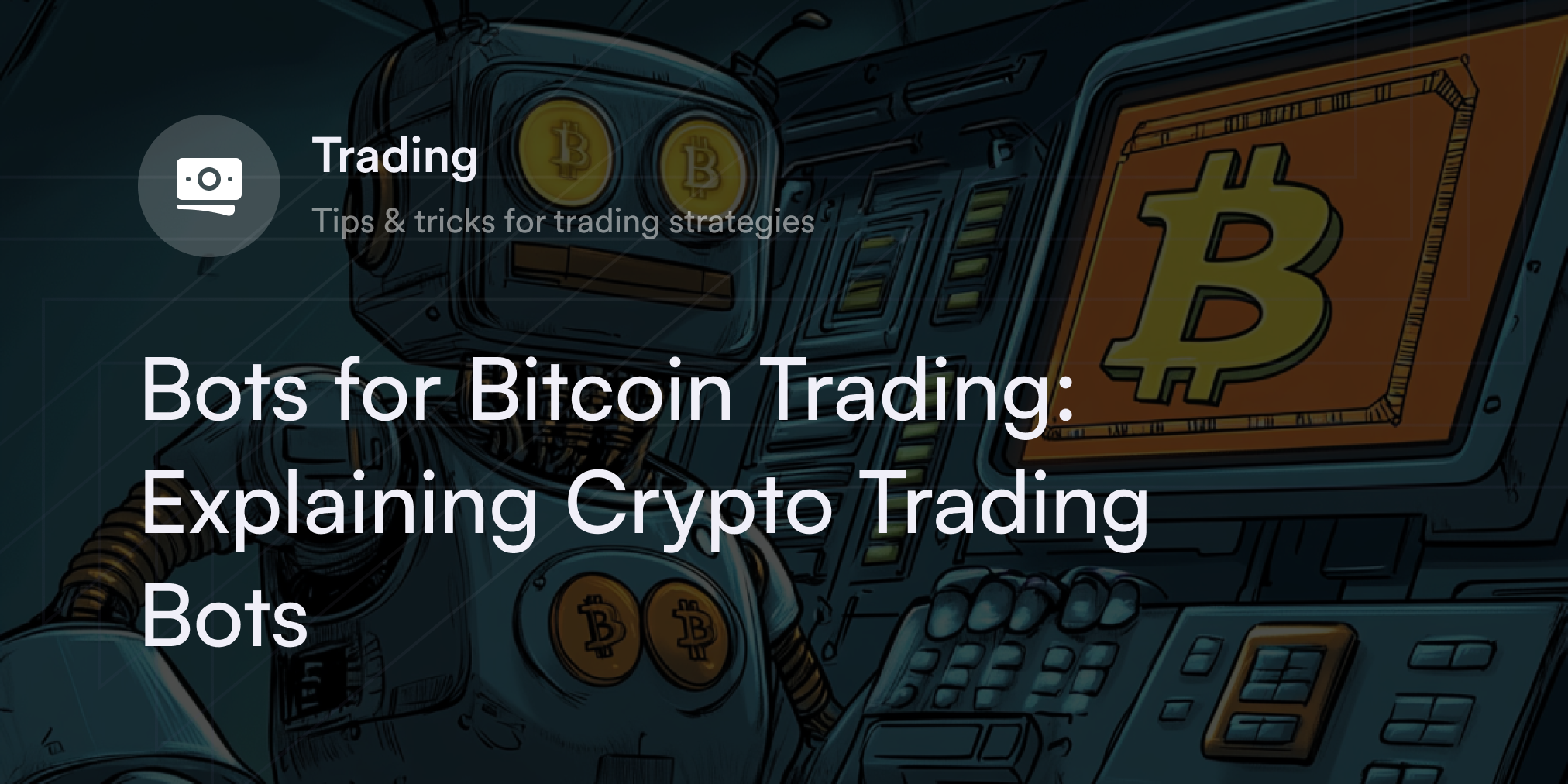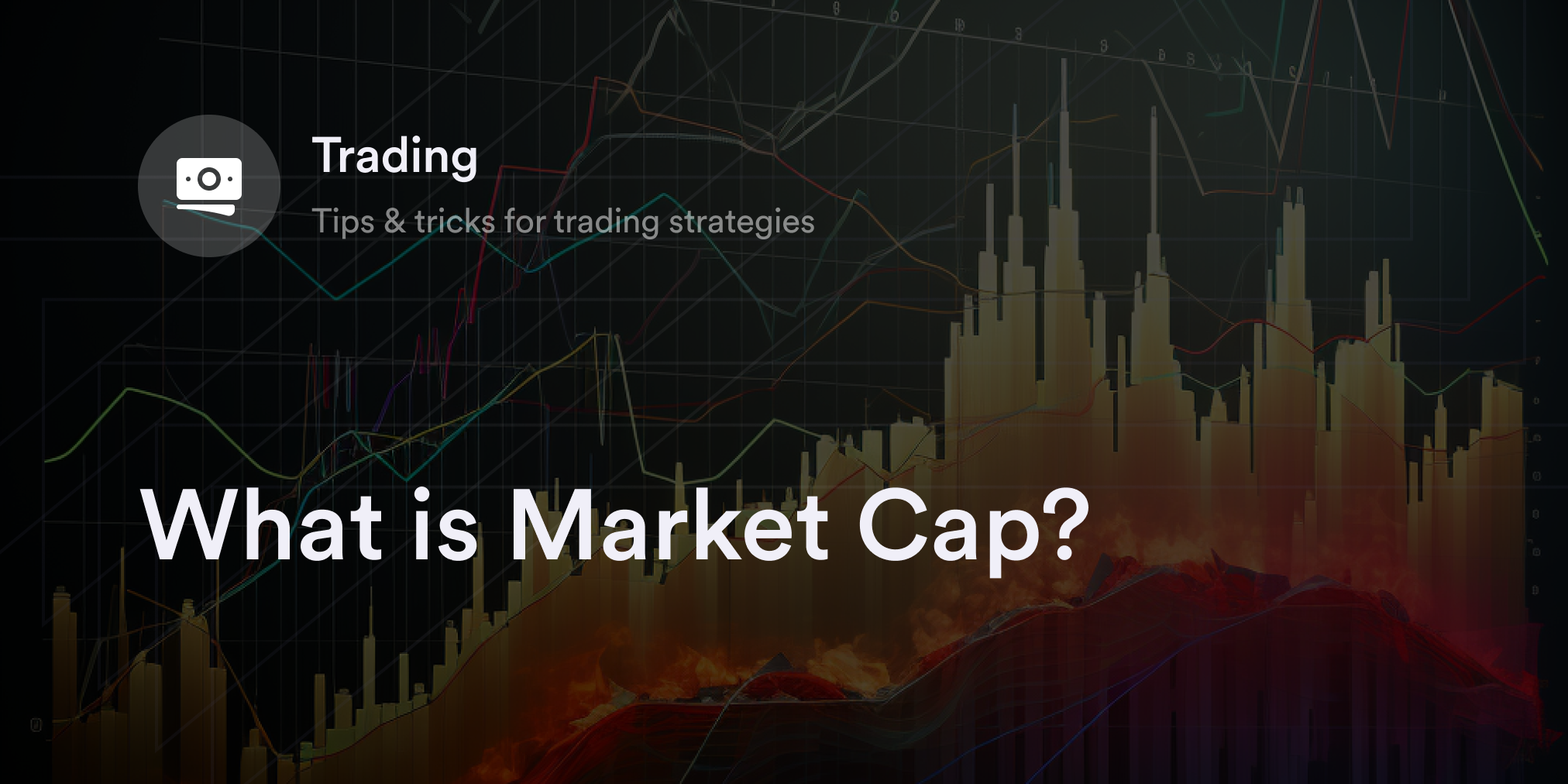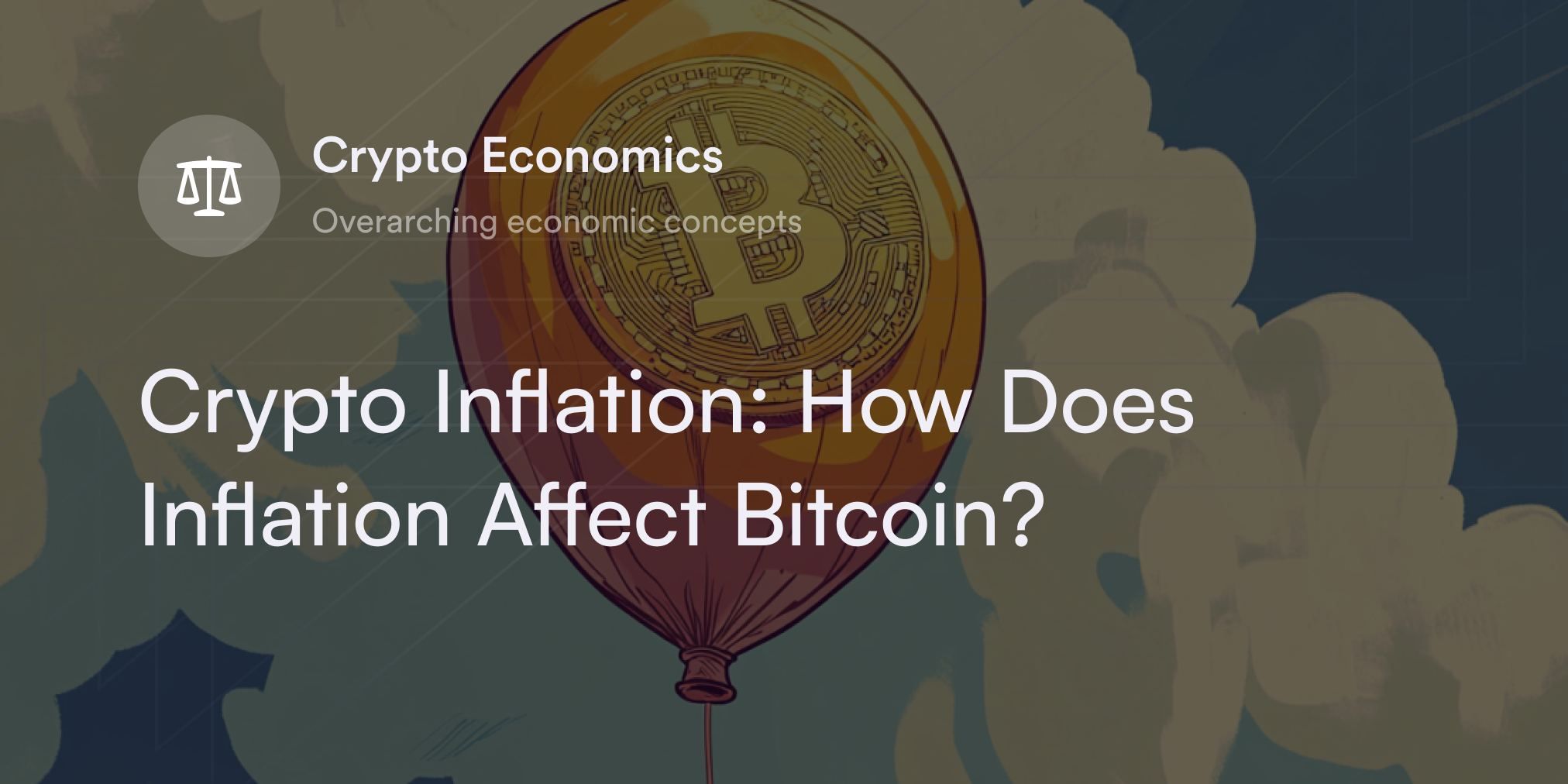
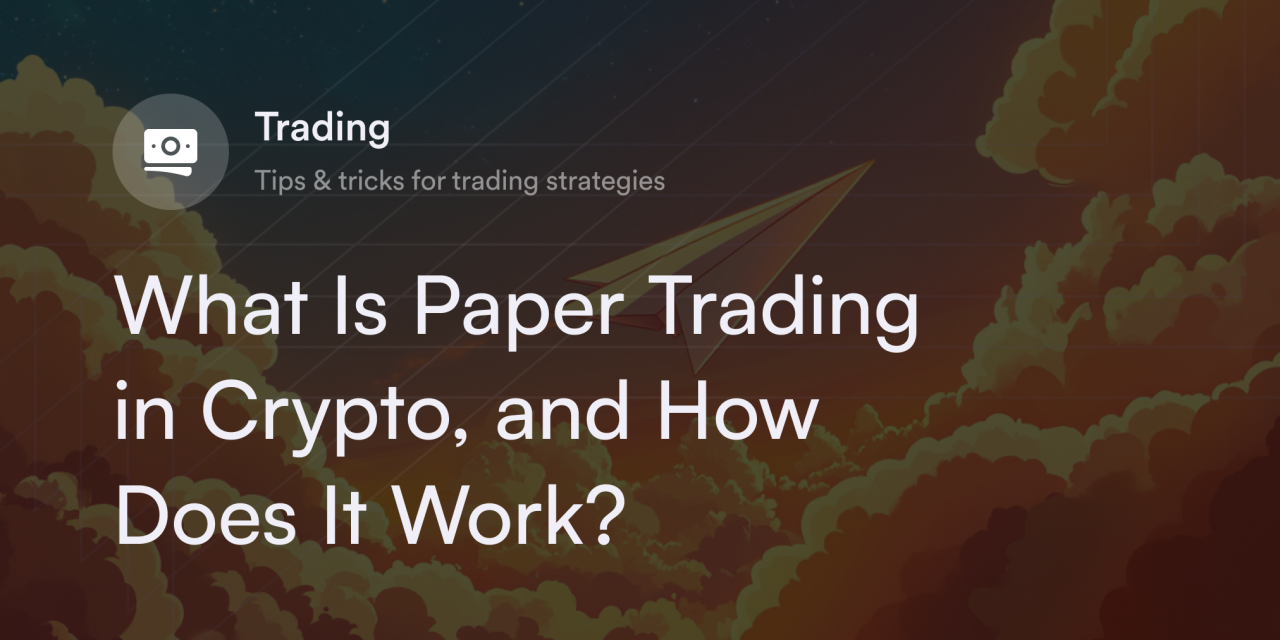

It's tough to manage stress when real money is on the line. No matter how much experience traders gain exchanging digital assets, choosing the ideal time to swap cash for crypto isn't easy. Even with high-tech tools like technical indicators, on-chain analytics, and advanced order types, traders sometimes hesitate before committing to a position in the volatile crypto market.
There's no simple fix for this common financial phobia, but paper trading has gained prominence over the years as a method to tame timidity and practice tactics.
But what is a paper trading account, and how does it help crypto traders overcome their inhibitions? Let’s explore paper trading, including how it's an invaluable tool for building and testing crypto-swapping strategies and how it differs from live trading.
What is a paper trade?
In crypto, paper trading means a simulated platform where traders buy and sell virtual currencies without using real money. Think of paper trading protocols as a risk-free training ground where traders have the flexibility to use as much fake cash as they want to make moves in the cryptocurrency market.
While the prices of crypto assets like Bitcoin (BTC) and Ethereum (ETH) mirror real-time market data, traders on a paper trading platform use pretend money to buy or sell positions. Even if traders "lose" every dollar in a paper trading account, they have the option to replenish their funds at any moment and test different techniques.
The advantages of paper trading in crypto
Paper trading simulators take significant stress off traders' shoulders, especially when they're first getting acquainted with cryptocurrencies. Because there's no real money in jeopardy, traders feel more comfortable jumping head-first into the digital assets market and experimenting with multiple tools and strategies. But that’s not all. Here are a few other benefits of using paper trading before making critical decisions in the "actual" crypto market:
Offers a risk-free learning environment
Traders use paper trading simulators to get a feel for swapping virtual currencies without taking on real-world risks. Since all the money in a paper trading account is fake, traders don't feel stressed about making mistakes, trying a new trading strategy, or taking positions in various asset categories.
Tests ground for advanced techniques
Crypto traders just getting started with adding advanced order types, leverage, or derivatives products into their tactics can use paper trading to try out these features before putting money on the line. Because these portfolios are "pretend," it doesn't matter if a trader makes beginner errors as they take their first steps with complex strategies.
Helps study and implement technical analysis
Paper trading simulators often have dozens of technical indicators and charting tools to assist traders in analyzing crypto prices and developing personalized trade setups. The more a trader uses specialized tools like moving averages, the Relative Strength Index (RSI), and the moving average convergence/divergence (MACD) on a paper trading platform, the more confident they feel in integrating them into live trading situations.
Eases familiarization with exchange-specific features
Each crypto exchange has unique offerings and layouts that traders need to adjust to when placing orders. Using a paper trading simulator before moving to the real trading platform helps traders orient themselves and master the exchange's user interface.
Provides a detailed record of strategies
Although traders can't claim the gains from a successful paper trade, the data on these simulators offers valuable and actionable insights into the odds of success for different strategies. The historical records on crypto paper trades help evaluate the trading strategies that work, providing algorithmic traders with valuable data for testing and building trading bots.
Are there risks to paper trading crypto?
Although paper trading provides users with a risk-free platform for exchanging digital assets, there are a few potential downsides to using these simulators. Traders must be aware of how paper trading platforms affect their psychology to avoid costly mistakes when transitioning to the real deal.
Skewed emotional perception
The prices on a paper trading platform mirror the crypto market, but simulating the emotional highs and lows traders experience with real money at stake is impossible. Sometimes, paper traders discount the impact emotions have on their trading decisions and don't focus enough attention on risk management.
Increased tendency toward overconfidence
Another consequence of the lack of emotional realism in paper trading is that it encourages traders to take on excessively aggressive positions. Without the emotional dimension of potential losses, traders sometimes become overly optimistic in their strategies and underestimate the crypto market’s complexities.
Overemphasis on short-term gains
Paper trading isn't a useful tool for crypto traders who prefer HODLing or dollar-cost averaging (DCA). While day and swing traders benefit from testing short-duration tactics on simulated trading platforms, these simulators aren't well-suited for studying multiyear strategies.
No slippage or liquidity issues
In a simulated platform, paper trades often fill at the requested price without considering the impact liquidity constraints have on exchange pricing. In real market conditions—especially during periods of high volatility—the execution price differs from the expected price (aka slippage), and large buy or sell orders often sway the market price.
Crypto traders must factor in these real-world influences to get a more accurate read on the performance of their paper portfolios.
How to paper trade in the crypto market
To paper trade cryptocurrencies, traders first need to set up an account on an exchange offering this feature. For example, centralized crypto exchanges (CEXs) like OKX, Kraken, and Bybit have test portals designed for crypto paper trades. Some centralized brokerage platforms like eToro and Webull also offer paper trading options for crypto traders interested in testing the waters in Web3.
For a complete list of reputable crypto exchanges, traders should visit a crypto price aggregator site such as CoinMarketCap or CoinGecko and click the "Exchanges" tab. Here, they can filter through different CEXs and decentralized exchanges (DEXs), create a shortlist of preferred trading platforms, and research which options have paper trading features.
Traders uncomfortable with submitting personal know-your-customer (KYC) details to try a paper trading simulator can turn to portals on CoinMarketCap and CoinGecko that let users create crypto watchlists and mock portfolios without depositing money. Crypto portfolio trackers such as Delta and CoinStats also provide ways to monitor price performance, experiment with trading strategies, and manage digital assets in one convenient account.
Lastly, traders who don't mind "low-tech" solutions can record their mock trades on spreadsheets or with a pad and pen to monitor the success of their positions against real-time market prices. While these methods take longer to monitor and don't supply traders with advanced analytics on software simulators, they are viable ways to analyze trading strategies without giving away KYC info.
Paper trading versus live trading: Key differences
Live trading is the buying and selling of digital currencies using real money on an actual crypto exchange or trading platform. Here, there’s real money at stake, with genuine profits or losses.
Think of it as the exact opposite of paper trading.
Here are a few other differences between the two techniques:
Risk and financial impact
Since there’s no real money involved in paper trading, profits and losses are purely hypothetical. In live trading, however, actual capital is at stake, meaning traders can gain or lose actual money.
Emotional and psychological factors
Paper trading has significantly less emotional and psychological impact on traders, which can lead to a more relaxed approach. However, the potential for real financial gain or loss in live trading can lead to emotional and psychological pressures.
Learning and strategy development
Paper trading offers a safe environment to learn about the market, test strategies, and build confidence without financial risk. Live trading, on the other hand, provides a real-world experience where traders learn to navigate market volatility, adapt strategies to live market conditions, and manage their investments in real time.
Move from paper to perps on dYdX
Eligible crypto traders ready to plunge into the crypto derivatives market can check out dYdX, which offers deep liquidity for the hottest perpetual contracts. From Bitcoin and Ethereum to Cosmos (ATOM) and Cardano (ADA), eligible traders enjoy low-fee, intermediary-free access to dozens of perpetual swaps on dYdX. Find out all the latest details on dYdX's offerings and features on our official blog. Also, head to dYdX Academy for more insider tips on effective crypto trading strategies, and start trading on dYdX today.
Disclosures
The content of this article (the “Article”) is provided for general informational purposes only. Reference to any specific strategy, technique, product, service, or entity does not constitute an endorsement or recommendation by dYdX Trading Inc., or any affiliate, agent, or representative thereof (“dYdX”). Use of strategies, techniques, products or services referenced in this Article may involve material risks, including the risk of financial losses arising from the volatility, operational loss, or nonconsensual liquidation of digital assets. The content of this Article does not constitute, and should not be considered, construed, or relied upon as, financial advice, legal advice, tax advice, investment advice, or advice of any other nature; and the content of this Article is not an offer, solicitation or call to action to make any investment, or purchase any crypto asset, of any kind. dYdX makes no representation, assurance or guarantee as to the accuracy, completeness, timeliness, suitability, or validity of any information in this Article or any third-party website that may be linked to it. You are solely responsible for conducting independent research, performing due diligence, and/or seeking advice from a professional advisor prior to taking any financial, tax, legal, or investment action.
You may only use the dYdX Services in compliance with the dYdX Terms of Use available here, including the geographic restrictions therein.
Any applicable sponsorship in connection with this Article will be disclosed, and any reference to a sponsor in this Article is for disclosure purposes, or informational in nature, and in any event is not a call to action to make an investment, acquire a service or product, or purchase crypto assets. This Article does not offer the purchase or sale of any financial instruments or related services.
By accessing this Article and taking any action in connection with the information contained in this Article, you agree that dYdX is not responsible, directly or indirectly, for any errors, omissions, or delays related to this Article, or any damage, injury, or loss incurred in connection with use of or reliance on the content of this Article, including any specific strategy, technique, product, service, or entity that may be referenced in the Article.
